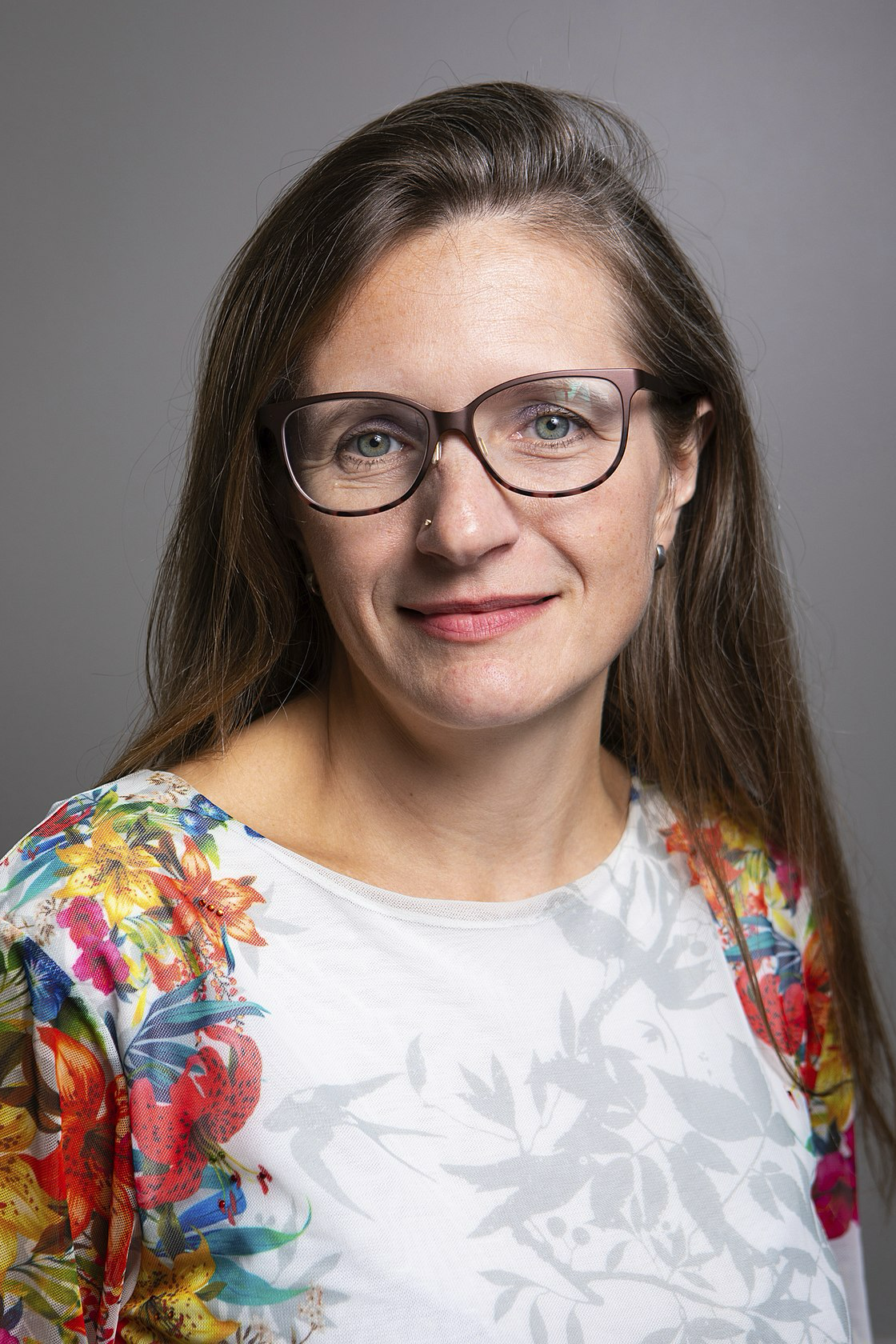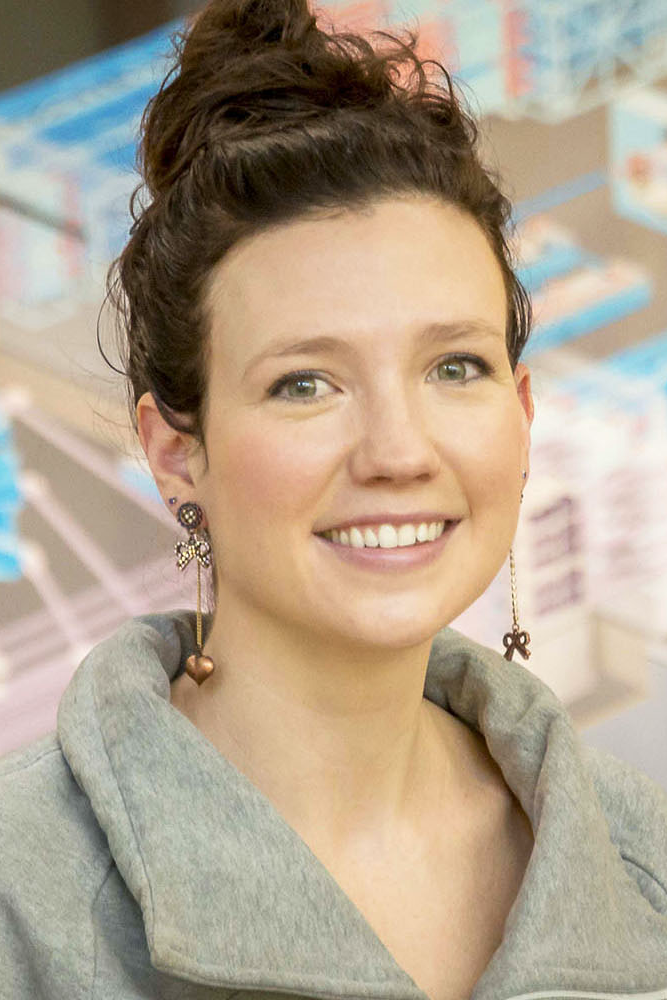The LAPP Community seeks to combine three cutting-edge capabilities offered by NSF OPAL: dynamic compression, impulsive heating, and ultrafast probing.
Three stages of experiments lead to the flagship experiment:
- NSF OPAL Alpha short-pulse laser beams will operate at 1ω and 2ω to create laser-produced relativistic pair plasmas in a new intensity regime.
- Dense plasma spectroscopy experiments will be performed where the NSF OPAL Alpha laser beams and secondary sources will be used to isochorically heat shock- and ramp-compressed targets to explore a wide range of temperatures and densities using high-resolution x-ray emission and absorption spectroscopy.
- The OMEGA EP long-pulse UV beams will ramp-compress planetary materials (ex. SiO2, H2O, Fe) to the extreme conditions found inside the cores of planets.
This staged approach will lead to the flagship capability to shock and ramp-compress these planetary materials to terapascal pressures and use the femtosecond PW beams to create ultrafast probes for time-resolved x-ray and electron diffraction, radiography/phase contrast imaging, and x-ray emission and absorption spectroscopy to identify structural and electronic phase transitions and unravel their nonequilibrium dynamics.
These experiments will answer key questions spanning the existence of exotic low temperature quantum phases to the high-temperature plasma opacity of stellar components at high-energy-density conditions.



